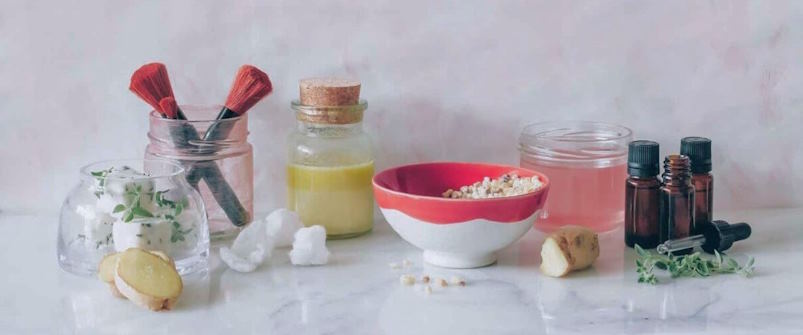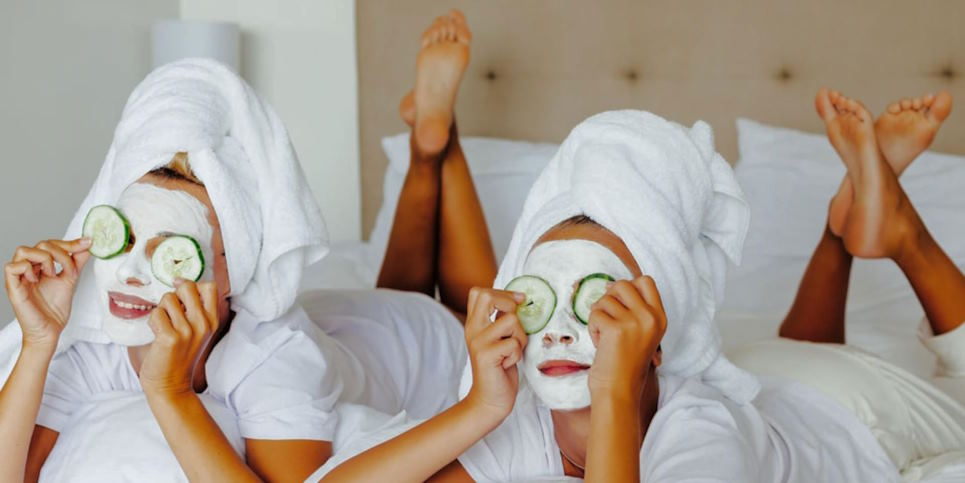One of the most exciting aspects of DIY beauty is the flexibility it offers. With a few key ingredients and creativity, you can craft personalized beauty products that cater to your unique skin type and preferences. In this article, we’ll explore the versatility of DIY beauty recipes and offer tips on how to customize them to address specific skincare concerns. We’ll encourage you to embrace experimentation and creativity in your beauty routine.
Understanding Your Skin Type
The first step in customizing your DIY beauty products is understanding your skin type. Whether you have oily, dry, sensitive, or combination skin, your chosen ingredients can be tailored to suit your needs. For instance:
- Oily Skin: Opt for witch hazel, tea tree oil, and clay to control excess oil.
- Dry Skin: Use ingredients such as avocado oil, shea butter, and honey to provide deep hydration.
- Sensitive Skin: Stick to gentle ingredients like aloe vera, chamomile, and oatmeal to soothe and reduce irritation.
Adjusting Ingredients
Depending on your specific skincare concerns, you can adjust the ingredients in your DIY recipes. For example:
- Acne-Prone Skin: Add a few drops of tea tree oil for its antibacterial properties.
- Anti-Aging: Incorporate ingredients rich in antioxidants, such as green tea extract, vitamin C, or rosehip oil.
- Hyperpigmentation: Lemon juice or licorice root extract can help lighten dark spots.
Proportions and Consistency
The proportions of ingredients in your DIY recipes can also be adjusted to achieve the desired consistency. If you want a thicker cream, add more shea butter or beeswax. For a lighter lotion, increase the water content. Experiment with different ratios until you find what works best for you.
Fragrance and Essential Oils
Essential oils not only add fragrance but also offer specific benefits. Customize the scent and properties of your products by choosing essential oils that align with your preferences. For example, lavender essential oil is soothing, while citrus oils provide a refreshing scent.
Creativity and Experimentation
The beauty of DIY skincare is the freedom to experiment. Don’t be afraid to get creative and try new ingredients. Some ingredients might surprise you with their effectiveness in your personalized products.
Allergies and Patch Testing
When customizing your beauty products, be cautious if you have allergies or sensitivities. Always perform a patch test on a small skin area to ensure you don’t react adversely to any new ingredient.



